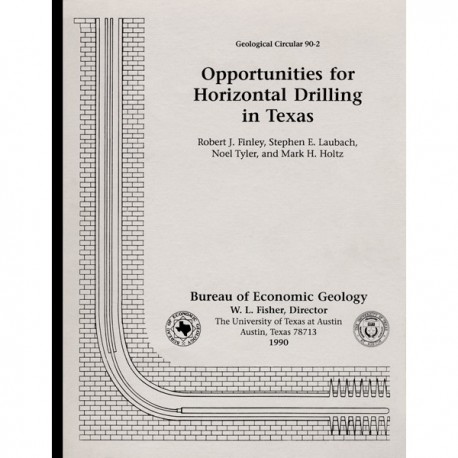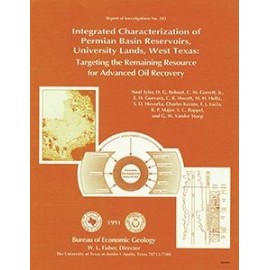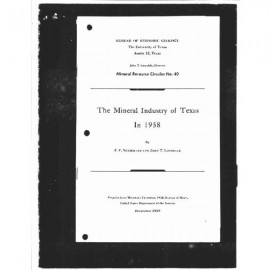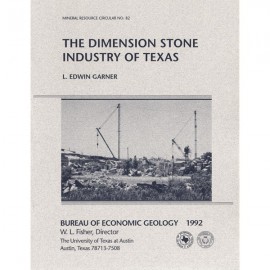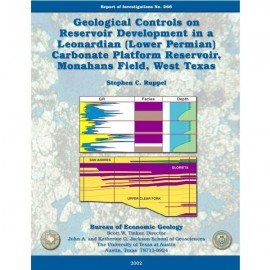Geological Circulars
-
Books & Reports
- Reports of Investigations
- Guidebooks
- Udden Series
- Geological Circulars
- Down To Earth
- Atlases of Major Oil and Gas Reservoirs
- Texas Memorial Museum Publications
- Environmental Geologic Atlas of the Texas Coastal Zone
- Mineral Resource Circulars
- Other Reports
- Seminars and Workshops
- Handbooks
- Submerged Lands of Texas
- Symposia
- Annual Reports
- Open File Reports
-
Maps & Cross Sections
- Thematic Maps
- Miscellaneous Maps, Charts & Sections
- Geologic Atlas of Texas
- STATEMAP Project Maps
- Geologic Quadrangle Maps
- Cross Sections
- Highway Geology Map
- Energy and Mineral Resource Maps
- Shoreline Change and Other Posters
- Wilcox Group, East Texas, Geological / Hydrological Folios
- Bouguer Gravity Atlas of Texas
- River Basin Regional Studies
- Featured Maps
- Posters
- Teachers & the Public
-
Geological Society Publications
- Gulf Coast Association of Geological Societies
- Alabama Geological Society
- Austin Geological Society
- Corpus Christi Geological Society
- Houston Geological Society
- Lafayette Geological Society
- Mississippi Geological Society
- New Orleans Geological Society
- South Texas Geological Society
- GCS SEPM Publications
- Historic BEG & UT Series
GC9002. Opportunities for Horizontal Drilling in Texas, by R. J. Finley, S. E. Laubach, N. Tyler, and M. H. Holtz. 32 p., 14 figs., 2 tables, 1990. ISSN: 0082-3309. Print.
To purchase this publication as a PDF download, please order GC9002D.
ABSTRACT
Horizontal drilling in a mature hydrocarbon province such as Texas can increase recovery from reservoirs in which a significant proportion of oil or gas in place remains unrecovered by conventional means. Such drilling has been particularly effective in increasing production where production is from natural fiactures, such as in the Pearsall field of the Austin Chalk trend in South Texas. Production can also be enhanced where the reservoir-quality zone or the oil column is thin or where gravity-drainage production occurs. Although they are not current targets of horizontal drilling activity, many other kinds of reservoirs contain depositional heterogeneities that interfere with recovery by vertical wells. The use of horizontal drilling to tap multiple reservoir compartments in these reservoirs has significant potential but has yet to be fully tested. This circular summarizes geological and engineering characteristics of selected formations in Texas that have been or are potential targets for horizontal drilling.
Keywords: Austin Chalk, fractured reservoirs, horizontal drilling, oil and gas production, Texas
Citation
Finley, R. J., Laubach, S. E., Tyler, Noel, and Holtz, M. H., 1990, Opportunities for Horizontal Drilling in Texas: The University of Texas at Austin, Bureau of Economic Geology, Geological Circular 90-2, 32 p.
